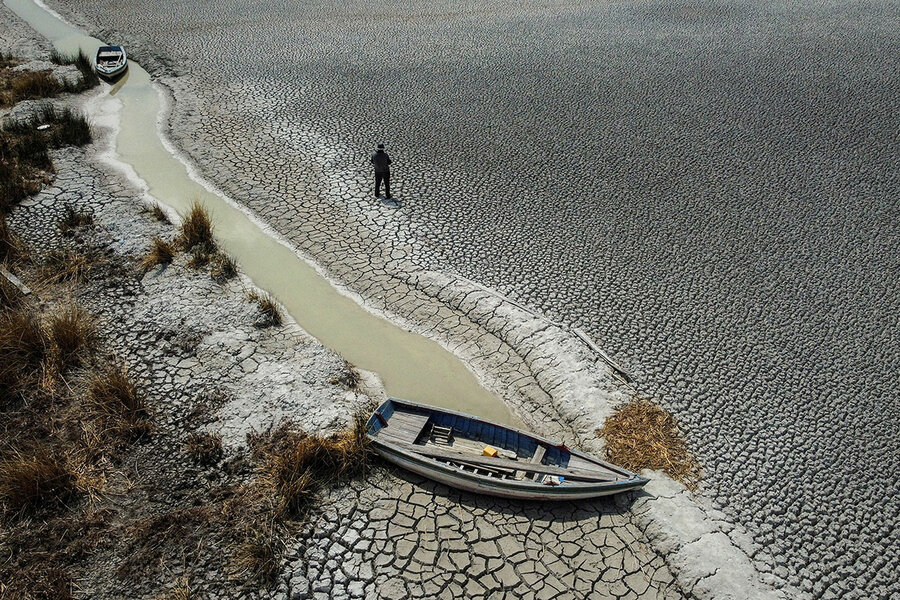Climate progress in charts: Gaps and gains, as world meets in Dubai
Professional researchers who study Earth’s climate say there is no doubt about some basic trends: Atmospheric concentrations of carbon dioxide are rising fast, human burning of fossil fuels is the key reason, and the result is an ecology-shaking rise in global temperatures.
The test facing nations of the world, gathered this week at a United Nations climate summit in the United Arab Emirates, is how to respond.
One of those researchers, Katharine Hayhoe of Texas Tech University, used a social media post to push back against myths ranging from “it’s not real” to “we can’t fix it.” What’s needed, she says, is a blend of urgency and hope.
“Don’t be distracted” by denial or doomsaying, she suggests. After debunking myths, the task is to “pivot immediately to positive, constructive solutions for a better world.”
In theory, this week’s summit is all about that pivot. These COP, or Conference of Parties, meetings have been going on for years (this is No. 28). Some nations nudge others to do more. Our charts with this story put it all in visual context – both the progress and how far short it is of what scientists say is needed to stabilize Earth’s temperatures.
Some good news: Global emissions of heat-trapping gases may be plateauing and are already declining in many nations. Renewable energy is economically competitive and increasingly the fuel of choice. Electric vehicle sales are rising, and their batteries are improving. Lifestyles and industrial practices are growing more energy-efficient.
Emissions are falling not just in advanced nations such as the United States and European Union countries. Even the rest of the world (minus India and China) may have started to turn a corner, as shown in our data from Global Carbon Budget, a nonprofit tracking effort.
The sobering part: The pace of progress needs to accelerate dramatically, scientists say, to halt global warming at the Paris Agreement target of 1.5 degrees Celsius above preindustrial average temperatures.
That’s why it’s worth watching what goes on in Dubai, and in nations around the world after the summit ends. As our final chart shows, some nations are already proving that dramatic change – like the near halving of emissions in Denmark and Britain since 2000 – is possible.






